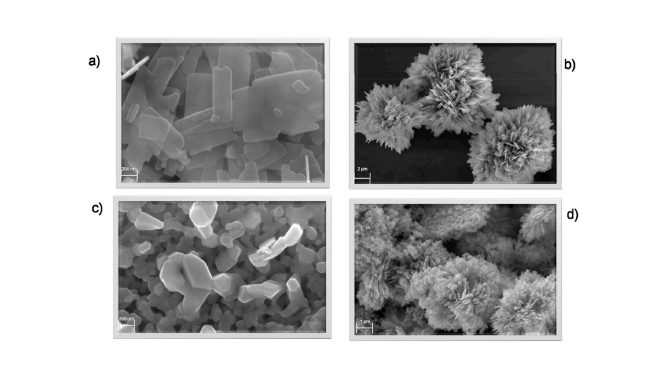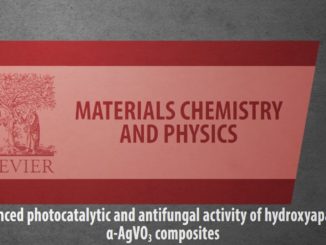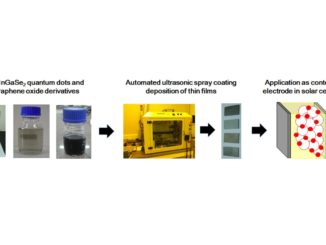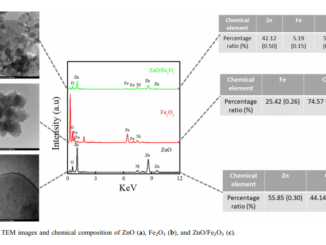
Connecting theory with experiment to understand the photocatalytic activity of CuO–ZnO heterostructure
Abstract: Semiconductor based photocatalysis attracts wide attention because of its ability to directly utilize solar energy to degrade pollutants and convert energy, with heterojunction photocatalysts being good candidates for superior activity due to the spatial separation of photogenerated electron–hole pairs. Herein, CuO/ZnO heterostructures were successfully synthesized by a microwave-assisted hydrothermal method, with the structure, electronic and photocatalytic properties analyzed by means of experimental and theoretical methods. The X-ray diffraction patterns revealed that a CuO/ZnO heterostructure was formed, while FE-SEM analysis indicates the role of different morphologies for CuO, ZnO and CuO/ZnO heterostructures. The solar-driven photocatalytic measurements combined with DFT calculations indicate that CuO, as a p-type and narrow band-gap sensitizer, can make the n-type ZnO respond to visible light and promote the separation of photogenerated charge carriers by building a p-n heterogeneous structure. As a result, the CuO/ZnO heterostructure shows good promise for solar-driven photodegradation.
Author(s): Oliveira, M. C.; Fonseca, V. S.; Neto, N. F. A.; Ribeiro, R. A. P.; Longo, E.; de Lazaro, S. R.; Motta, F. V.; Bomio, M. R. D.
Ceramics International
Published: May 2020, Volume 46, Pages 9446-9454




